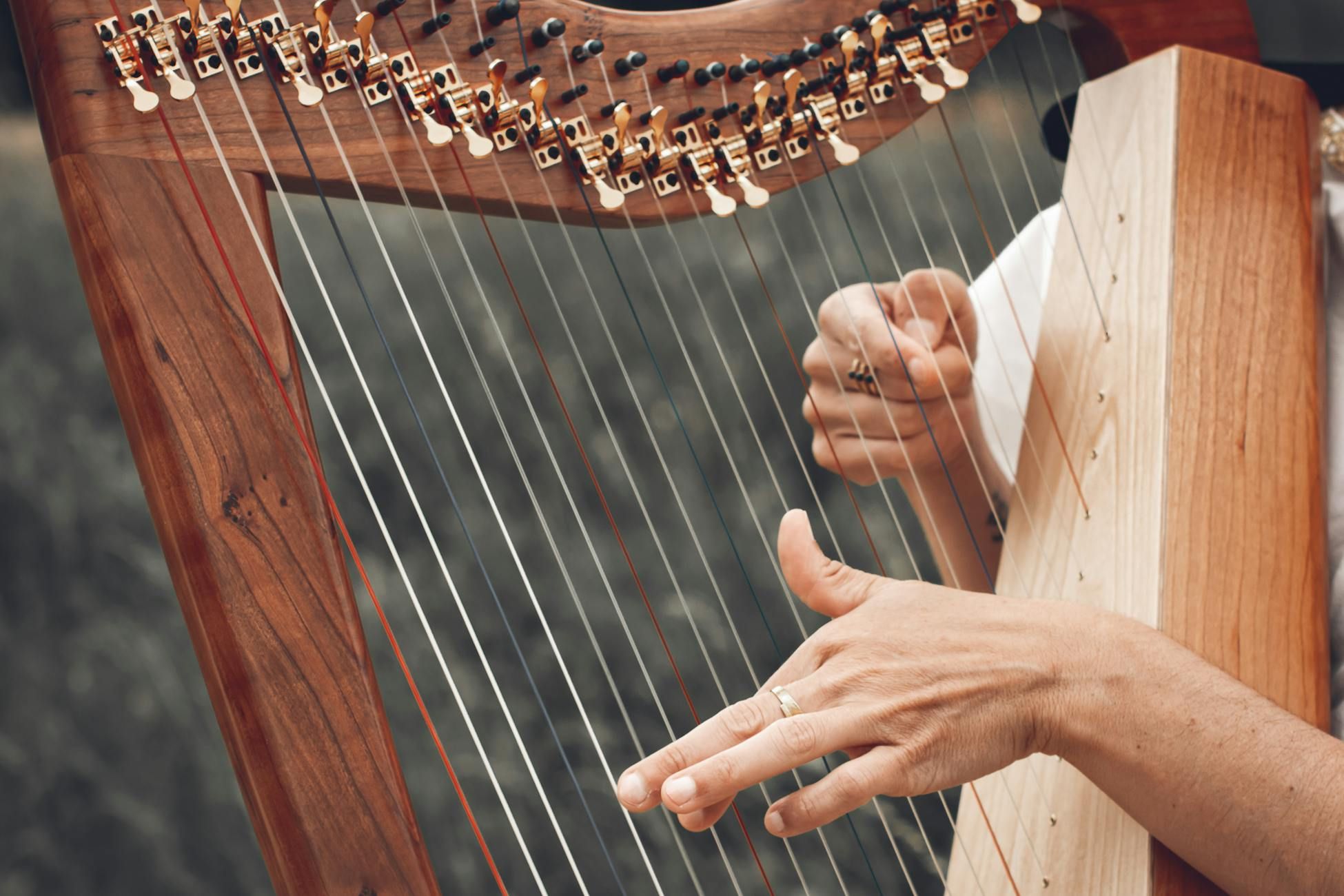Strings of Elegance: Why the Harp Remains a Beloved Instrument



The harp, with its ethereal tones and graceful appearance, has long been a symbol of musical elegance. With a history spanning centuries, it occupies a special place among classical instruments and continues to captivate audiences worldwide. In this article, we explore the history of the harp, examine the various styles of harp music, and discuss why this timeless instrument remains cherished by musicians and enthusiasts alike.
A Rich History Across Cultures
From ancient civilisations to modern orchestras, the harp boasts a rich and storied past. The earliest known depictions of harps date back to around 3000 BCE, with evidence of similar instruments found across numerous cultures worldwide. Over the centuries, harp designs and playing techniques evolved, giving rise to the diverse array of harp styles we see today.
Versatility in Music
One of the reasons for the harp’s enduring popularity is its versatility in both classical and contemporary music:
-
Classical Music: The harp lends delicate and expressive tones to orchestral works, adding sophistication and beauty.
-
Modern Genres: Harps have found a place in jazz, pop, and other contemporary styles, demonstrating their adaptability and timeless appeal.
The Harp as a String Instrument
As a member of the string family, the harp produces sound by plucking strings of varying lengths with the fingers. This physical interaction between musician and instrument allows for:
-
Exceptional expressiveness
-
A wide dynamic range
-
Deep emotional resonance with listeners
The harp’s mesmerising sound evokes serenity and wonder, enchanting audiences in any setting.
A Source of Inspiration and Creativity
For harp enthusiasts, the instrument represents not only a musical outlet but also a wellspring of inspiration:
-
Design: Its intricate curves and shimmering strings embody beauty and refinement.
-
Skill and Artistry: Playing the harp demands precision and artistry, making it a profoundly rewarding pursuit.
-
Creative Expression: Musicians can explore limitless creative possibilities, from classical compositions to modern interpretations.
The Harp Today
Today, the harp continues to hold a special place in the hearts of music lovers worldwide. Whether performed in a grand concert hall or an intimate living room, its sound remains a timeless reminder of music’s power. The harp’s enduring popularity reflects its unique ability to:
-
Convey emotion
-
Tell stories
-
Create moments of pure musical magic
Conclusion
With its ethereal tones, rich history, and artistic elegance, the harp remains one of the most cherished instruments in the world. From inspiring musicians to enchanting audiences, it stands as a true symbol of elegance and the enduring beauty of music.




